Last updated on February 8, 2024
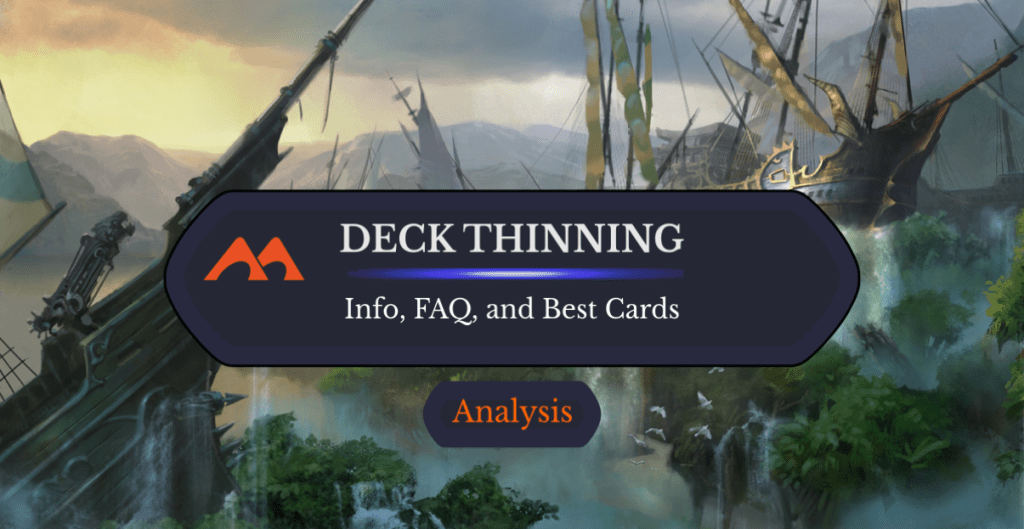
Scapeshift | Illustration by Daniel Ljunggren
Some slang terms in MTG are pretty obvious when you first read them. Deck thinning isn’t really one of those terms, although it’s not too difficult to get your head around once you’ve discovered what it means.
A slightly controversial method to ensure you’re hitting gas in your deck, deck thinning is any method for removing bad cards from your library so that you’re more likely to hit something good instead. Exactly what you need if your game is going long!
What Is Deck Thinning in MTG?
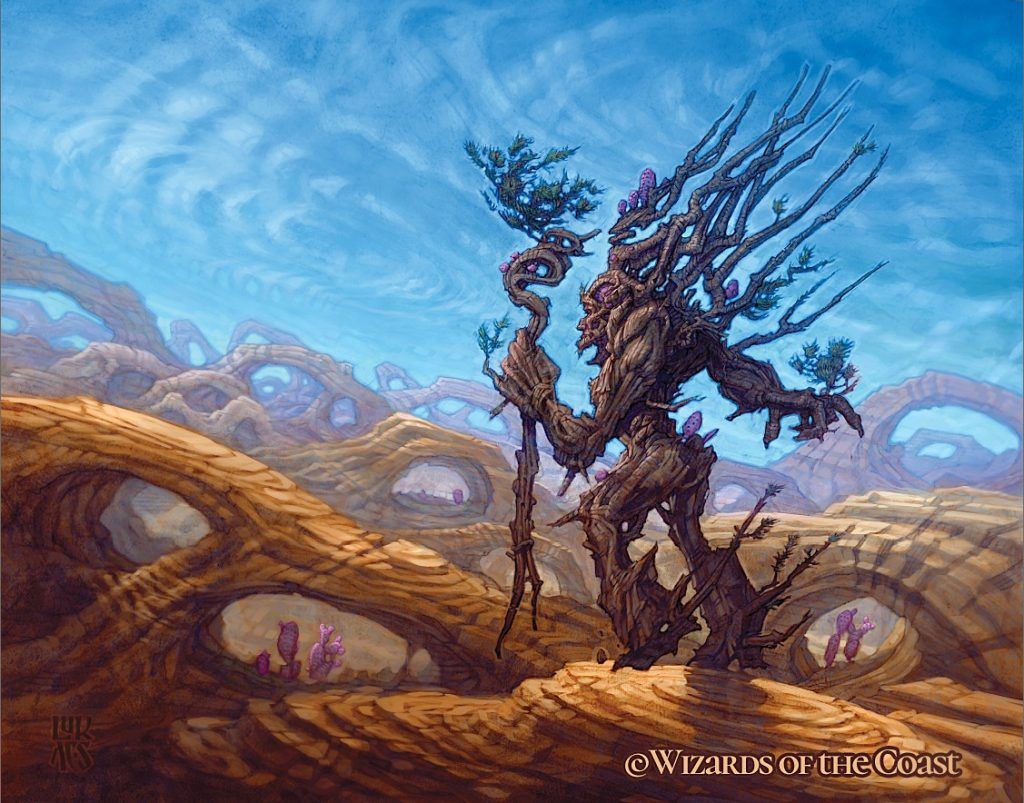
Traverse the Outlands | Illustration by Chuck Lukacs
Deck thinning in Magic is the process of removing cards that are bad for the current situation from your deck so that you’re more likely to hit something good when you draw your next card(s). Most often, this refers to removing lands from a deck in the late game to increase your chances to hit actual spells, but removing anything that’s a “dead draw” is technically deck thinning.
Take a situation where you have 40 cards left in your deck, and you know that half of them (20) are going to be lands that are virtually useless, as you’ve got all the lands you’ll ever need in this game already on the battlefield. If you could somehow remove those lands from your deck, you could guarantee that all your draws for the rest of the game are going to be at least something that affects the game, while your opponent is hopefully getting flooded instead!
While it’s quite difficult to remove all the lands in your deck, removing a few can still be useful, improving your odds at least a little.
Is Deck Thinning Worth It?
Deck thinning can be worth it, but its effects are often overestimated. Take a 99-card deck for EDH (this can also be applied to 60-card Constructed decks and 40-card Limited decks), and say roughly 1/3 of the cards in your deck are lands. Once you’ve drawn your starting hand and are a few turns in, you’ll have around 84 cards left. If you use a fetch land to remove a single land from your deck, you’re only increasing your likelihood of drawing a non-land from 66.7% (56 non-lands out of 84) to 67.4% (56 non-lands out of 83). Considering you’re using a fetch to do this, you’re likely paying 1 life (unless you’re using something like Fabled Passage), and you really need to ask yourself if it’s worth it.
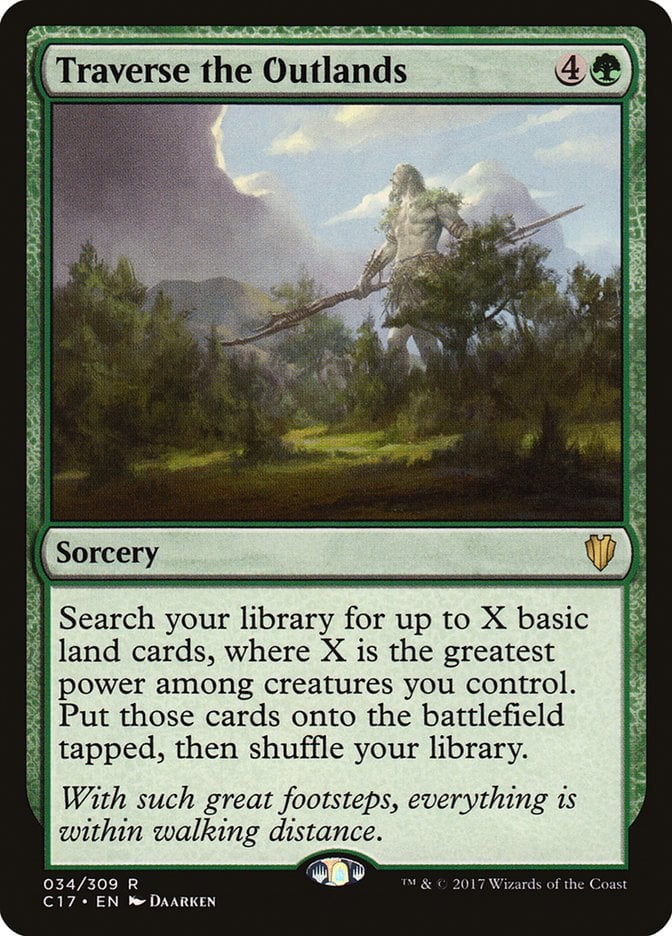
Of course, if you’re bringing more lands out with something like Traverse the Outlands, you could get 10, or even more lands out of your deck (and it’s ramping you too, of course). Using a similar deck size, you’re then increasing your chances to 75.7%, which is slightly better.
Deck thinning is also slightly more worthwhile in formats with smaller decks, particularly in Draft or Sealed. If you have 26 cards left in your library, you’ll have around 11 lands in there, assuming you started with 17 lands. If you could remove two of these lands, you increase the chance of drawing a non-land from 57.8% to 62.5%. While still nothing staggering here, it’s a significantly better improvement than you’d have in a larger deck.
Deck Thinning in a Mono-Colored Deck
Fetch lands are most often seen as key cards in multi-color decks, but they can also be used for deck thinning (among other things) in mono-colored decks. This is sometimes seen in cEDH, as marginal increases are useful there if you’re running super-optimally (remember, fetch lands don’t have any color identity as they don’t have mana symbols in their rules text!). It’s sometimes found in decks like Burn in Modern, which already runs on minimal lands and doesn’t mind hurting itself to get you dead quicker.
Remember, we’re talking about really small percentage increases in efficiency here. Sometimes less than 1%. It’s arguably worth it if you’re running super optimally, but if you’re not trying to squeeze every last edge you can out of your deck, you really need to pay attention to the cost of doing this.
Deck Thinning vs. Scrying
Scrying has a lot of parallels to deck-thinning. While not quite removing the lands from your deck, you’re removing them from the cards you’re likely to draw when you scry them to the bottom of your deck. Just be careful not to use any shuffle effects (like fetches!) as this shuffles all those dead cards back into the rest of your deck, making you live to potentially draw them again!
Deck Thinning vs. Surveil
Surveil, like scrying, does go some way to thinning your deck. The bonus here is that they don’t go back into your library, so you can shuffle all you like and not have to worry about bringing them back up top!
Best Cards for Deck Thinning
While this list is far from exhaustive for the effects that can deck thin, it gives you an overview of some of the more common cards you’ll see, and the best ones too!
“Bad” Fetch Lands
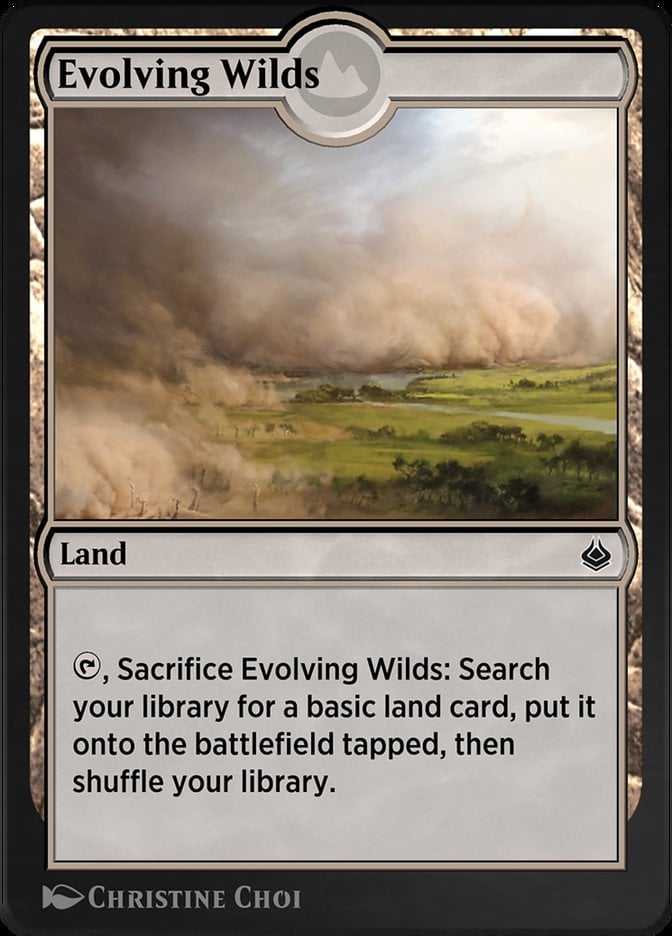
The “bad” fetch lands include the likes of Evolving Wilds, which generally don’t see competitive play but work similarly to the “good” fetches that do. While you probably don’t want to put these into your deck for the sole purpose of deck thinning, it can still be useful in a pinch.
Rampant Growth Effects
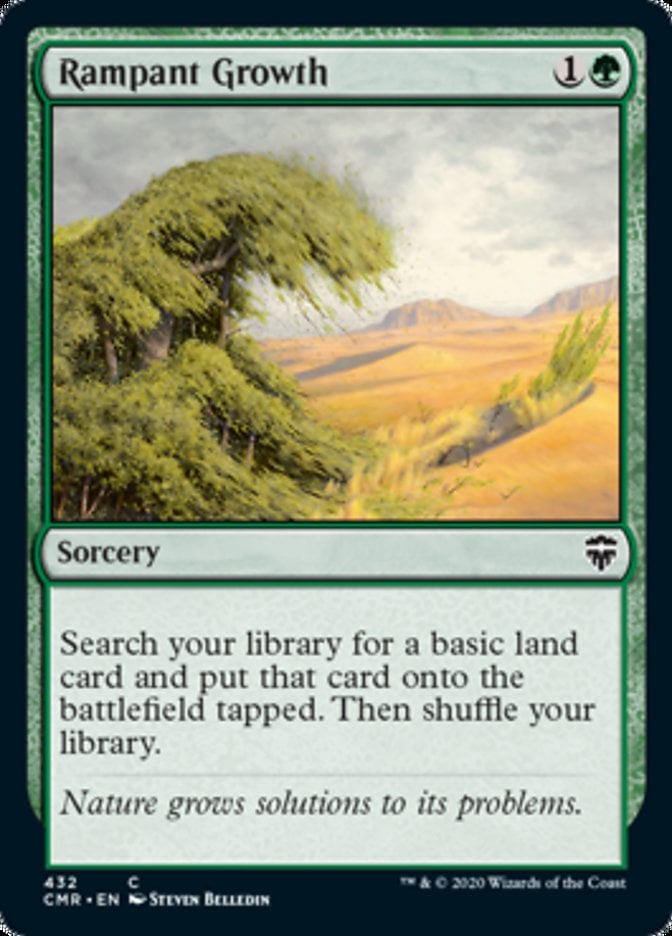
I’m using Rampant Growth here to refer to any card that looks for a single card from your library and puts it onto the battlefield or into your hand. Similar to fetches, you’re not really changing the odds of drawing a non-land very much, but the effect isn’t completely zero.
Explosive Vegetation Effects
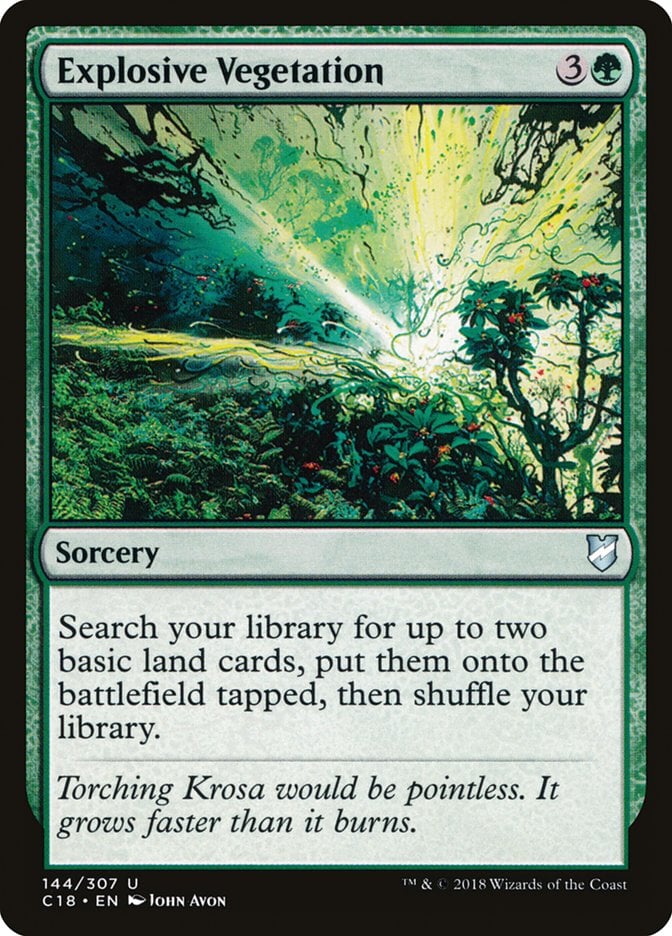
Similar to Rampant Growth effects, I’m referring to anything that finds two lands from your library when talking about Explosive Vegetation effects. Literally twice as effective at thinning your deck, we’re maybe just about starting to get into the realms of deck thinning that matters, particularly if you’re running a smaller deck.
“Good” Fetch Lands
The “good” fetch lands are the likes of Scalding Tarn and the rest of that cycle, although you might be able to include some others like Prismatic Vista into this!
You’re still only getting one card from your library, but the other advantages, as well as not costing any mana to fetch, make it mid-tier when looking at some of the best ways to thin your deck.
Traverse the Outlands

Most (but not all!) of the rest of these cards are ramp spells that get a significant chunk of the lands out of your library. First up is Traverse the Outlands. You need a big creature to get the most out of this one, and it costs a fair bit of mana, but it has the potential to be abused by having a creature with an arbitrarily large power.
Reshape the Earth
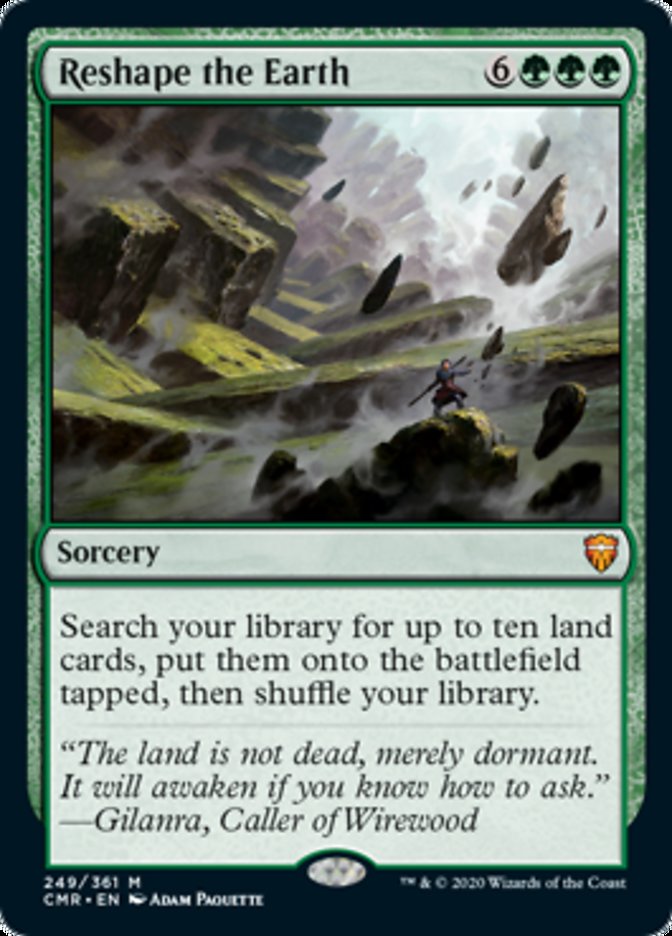
Nice and simple, Reshape the Earth just pulls 10 lands out of your library. The epitome of this kind of effect, if only it didn’t cost as much!
Scapeshift

A better way to grab a bunch of lands from your deck is often Scapeshift. It’s cheaper, doesn’t require a creature, and can still quite easily remove 10+ lands to ensure you’re grabbing gas. Not to mention some of the other shenanigans you can get up to, fetching up non-basic lands.
Endless Horizons
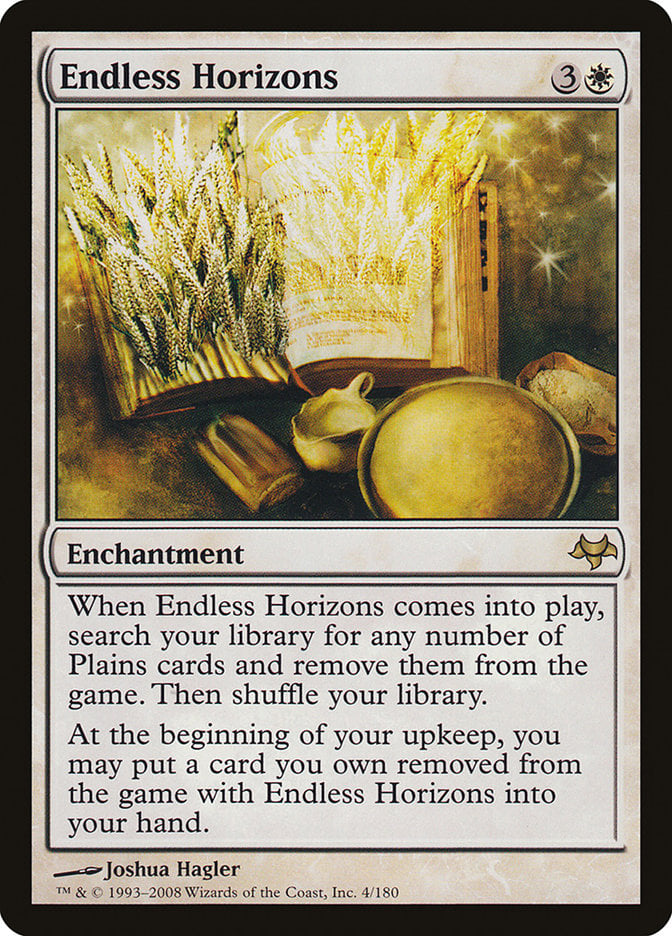
The best thing about Endless Horizons is that it’s mono-white. If you’re a mono-white deck, this can get pretty much all your lands out of your deck (remember, not all your lands are plains). It could also be pretty good in 2-color decks, as cards like Hallowed Fountain can also have the plains type, allowing you to get even more out of your deck. Most of the cards we’ve seen have been green for obvious reasons, but Endless Horizons falls nicely outside of that.
Mana Severance

Mana Severance is like a blue Endless Horizons but only costs 2 mana, and it can just go for all your lands. Such a powerful effect if you’re looking to deck thin, and you can even leave a key land in your deck if you think it’s worth it. Even better, it’s another non-green card!
Doomsday

While we’re often talking about taking lands out of your deck when we think about deck thinning, taking out all your useless cards is even better. Doomsday, arguably, always does that. Yes, you’re essentially just comboing off by stacking your deck of five cards, but it’s probably the greatest way you can thin your deck.
Wrap Up
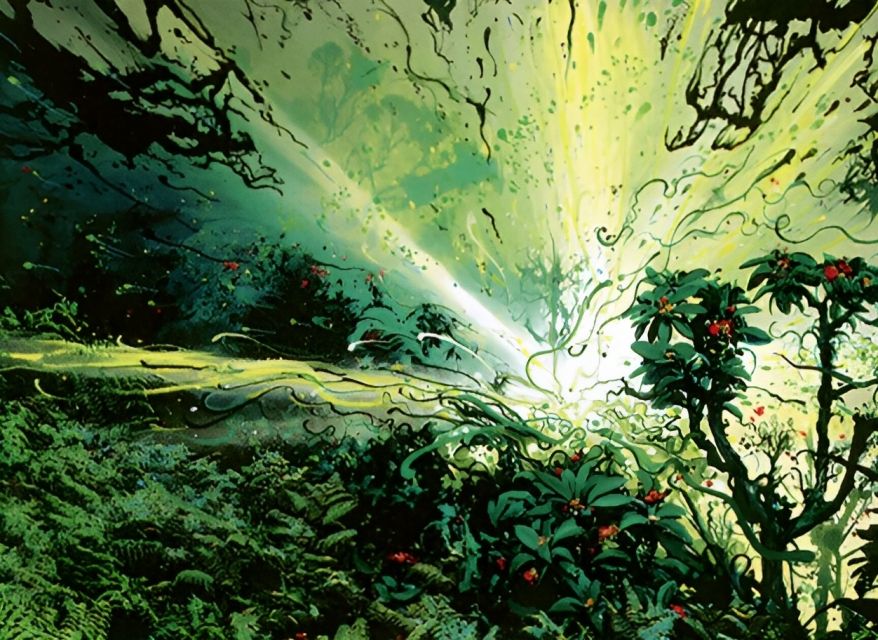
Explosive Vegetation | Illustration by John Avon
Deck thinning is without a doubt something you need to be aware of when playing Magic, although it’s not really something you should put too much of your stock in, especially if you’re only talking about thinning by one or two cards. That said, there are some cards that can thin your deck by significant amounts, and the smaller your deck, either by the size of the decks in the format, or the stage of your game, the more important deck thinning can get.
How much do you think about deck thinning when playing? Is it something you’re always aware of, or do you completely ignore it? Let me know in the comments or the Draftsim Discord.
Until next time, remember not to shuffle your bad cards back to the top!
Follow Draftsim for awesome articles and set updates:



Add Comment